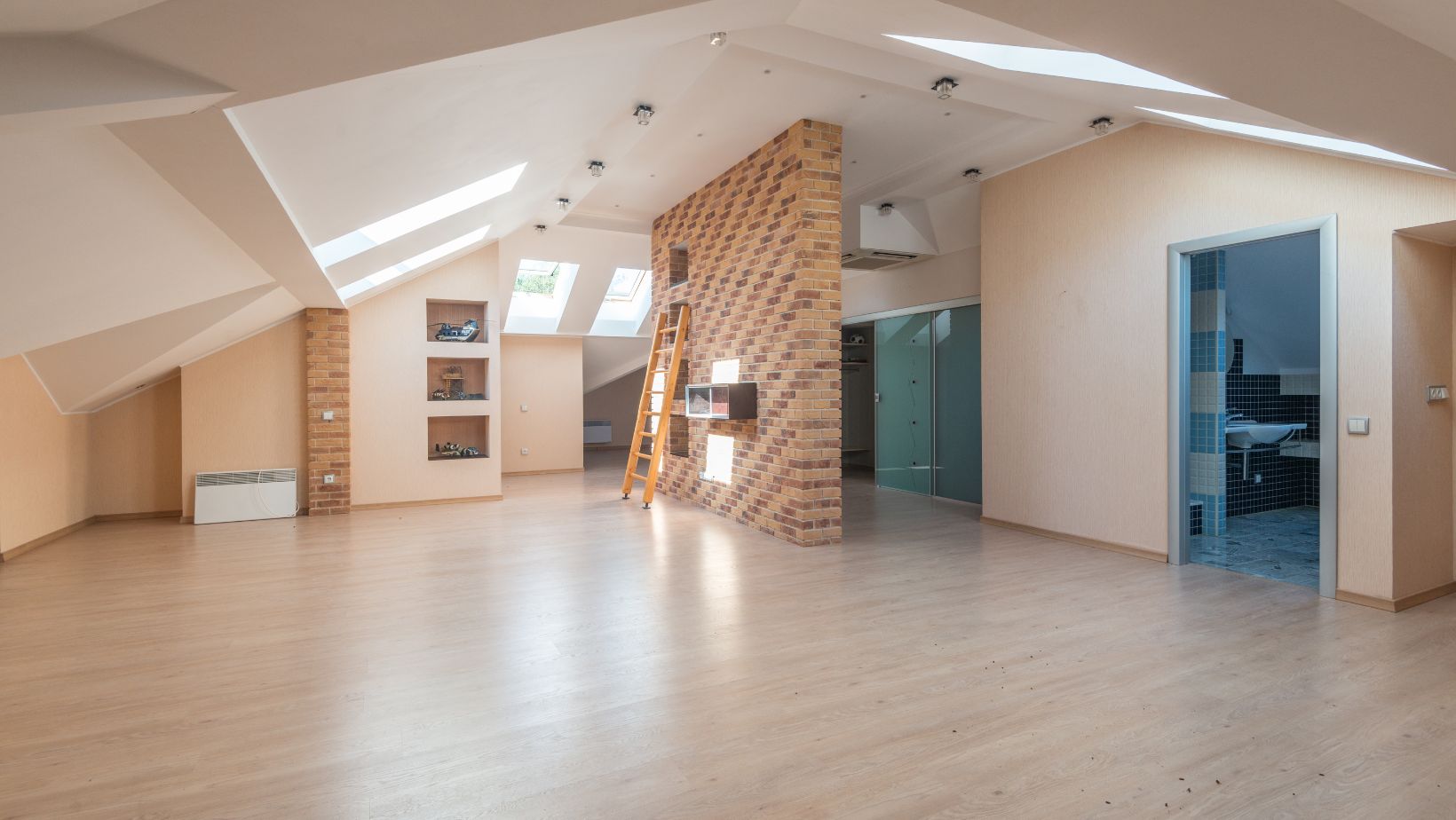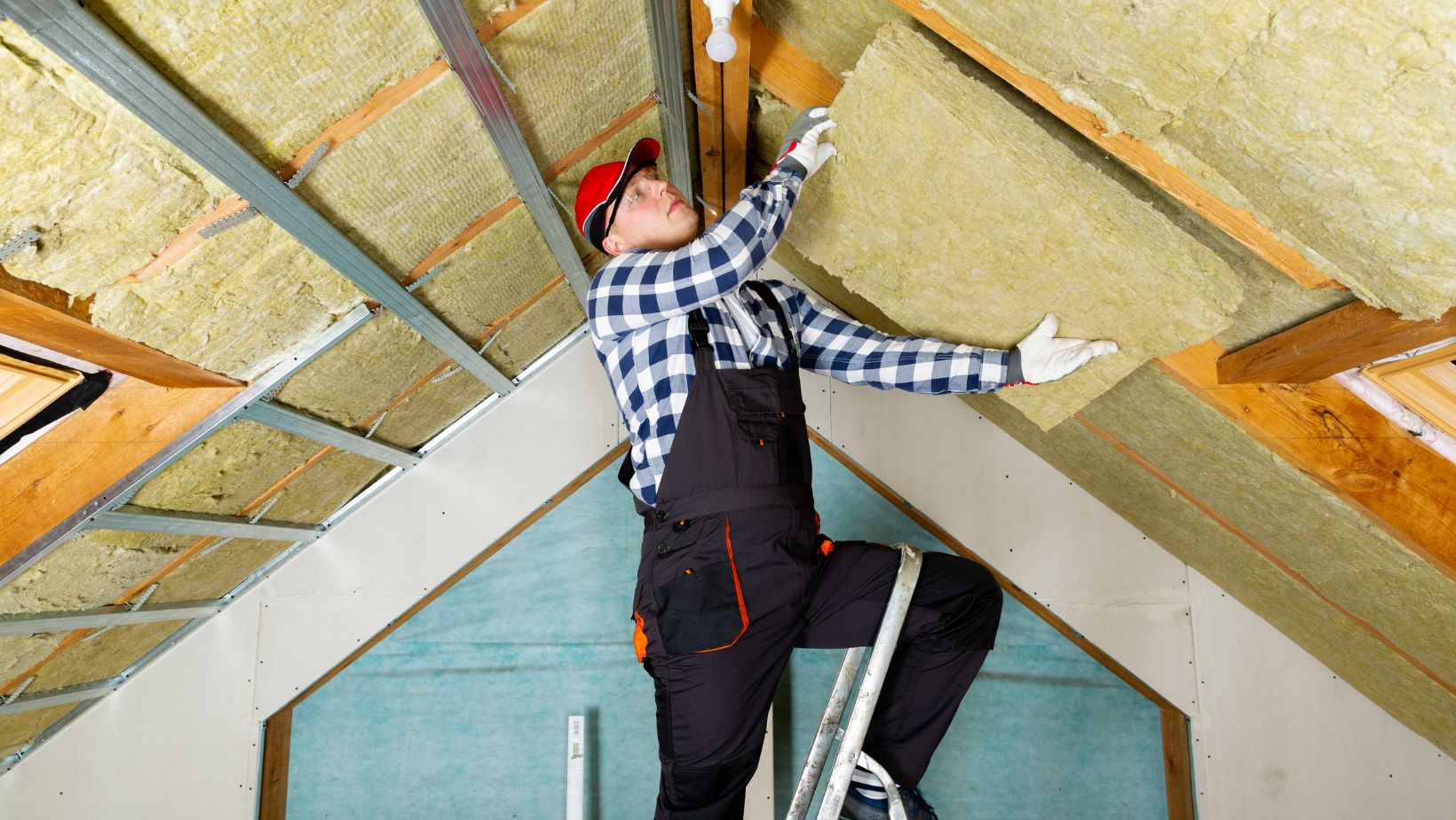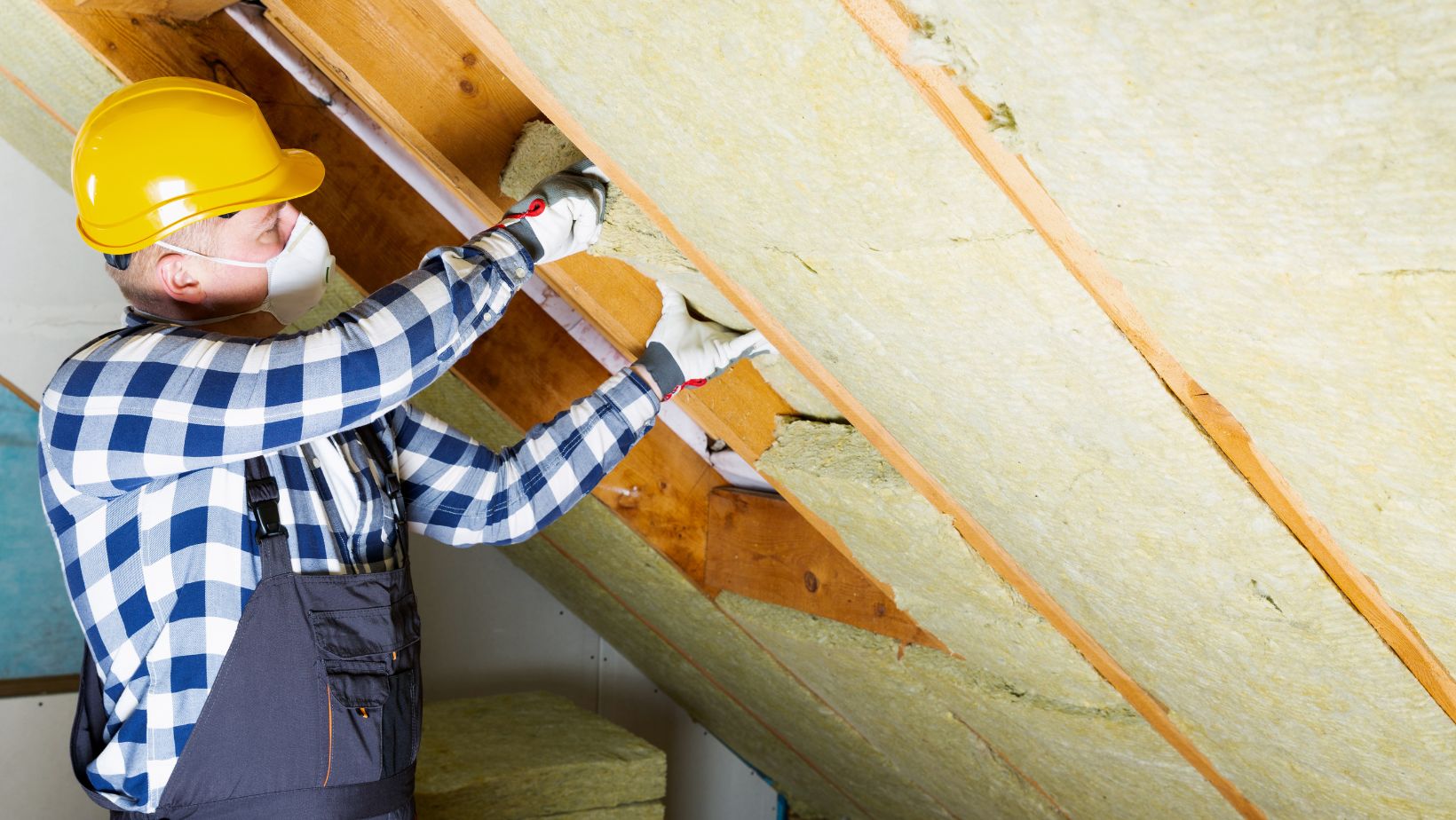
When it comes to improving your home’s energy efficiency and comfort, few upgrades are as effective as installing proper insulation in the roof and attic. These areas play a crucial role in regulating your home’s temperature and protecting it from the elements. Insulation acts as a barrier to heat loss in the winter and prevents excess heat from entering your home during the summer months, helping maintain a consistent indoor temperature year-round. In addition to temperature control, well-installed roof and attic insulation can also reduce noise levels, improve air quality, and prevent moisture buildup that could lead to mold or mildew.
In many homes, the attic and roof are the most significant sources of energy loss, yet they often remain overlooked when it comes to insulation upgrades. Many homeowners are unaware of just how much energy and money they can save by ensuring that these areas are properly insulated. This is where professional installation services come in, offering you a chance to make your home more energy-efficient and comfortable while potentially lowering your heating and cooling costs.
Whether you’re building a new home, renovating, or simply looking to improve the energy efficiency of your existing property, understanding the roof and attic insulation installation process is essential. From selecting the right materials to knowing what to expect during the installation, this guide will walk you through everything you need to know to make informed decisions about insulating your attic and roof. In the following sections, we’ll cover why insulation is so important, what the installation process entails, the costs involved, and tips for maintaining your newly installed insulation for long-lasting benefits.
Why Insulation in the Roof and Attic Is Important
Before delving into the installation process, it’s essential to understand the importance of having adequate insulation in your roof and attic. Proper insulation helps:
- Enhance Energy Efficiency: Insulation helps maintain the internal temperature of your home, reducing the need for heating and cooling systems to work harder. This leads to lower energy bills.
- Improve Comfort: A well-insulated attic ensures that your home remains more comfortable by eliminating hot or cold spots caused by temperature fluctuations.
- Protect Against Moisture Damage: Insulation helps prevent moisture buildup, reducing the risk of mold and mildew, which can affect the structural integrity of your property.
- Noise Reduction: Proper insulation can also reduce sound transmission between rooms, offering a quieter living space.
Understanding the advantages of installing roof and attic insulation highlights why it is worth considering for your home. Now, let’s break down what you can expect during the installation process of roof and attic insulation.
The Installation Process for Roof and Attic Insulation
If you decide to hire professionals for your installation, you can expect a thorough approach designed to ensure that the job is done efficiently and correctly. Below is an outline of the typical process:
Initial Consultation and Evaluation
The installation process begins with an evaluation of your attic and roof space. Experts will inspect the current state of your insulation and identify any potential issues. They will also assess your home’s size and unique needs to determine the type and amount of insulation required.
Selecting the Right Insulation There are several types of insulation available, and your professional installer will help you select the most suitable one. Common options include:
- Fiberglass Batt Insulation: A widely used choice due to its affordability and effective thermal resistance.
- Spray Foam Insulation: Expands on application, filling gaps and cracks to create an airtight seal, offering enhanced efficiency.
- Blown-In Insulation: Ideal for retrofitting homes, this insulation is blown into place and fills hard-to-reach spaces effectively.
Preparation of the Area
Before starting the installation, the attic space will be cleared of any stored items, and surfaces will be protected to ensure the work area remains undamaged throughout the process.
Removal of Old Insulation (If Necessary)
If there’s existing insulation that’s damaged or ineffective, it will be removed. This step is essential to ensure that the new insulation is installed correctly and can perform at its highest level.
Installation of New Insulation
Once the old material is removed (if needed), the new insulation is carefully installed. For fiberglass batts, the material will be placed between rafters. Spray foam will be applied directly to surfaces, while blown-in insulation will be introduced using machines designed to distribute it evenly throughout the space.

Sealing Air Leaks
Before the insulation is applied, any air leaks will be sealed to prevent cold drafts and moisture from entering the attic. These leaks, often found around pipes, vents, and fixtures, can significantly compromise the performance of your insulation.
Final Inspection
After installation, a thorough inspection is conducted to ensure there are no gaps or compressed areas in the insulation. Proper coverage is critical for maximizing the efficiency of your insulation system.
Clean-Up and Walkthrough
After the job is completed, the installers will clean up the space and walk you through the results. They’ll also provide guidance on how to maintain the insulation for the best long-term performance.
Cost Factors for Roof and Attic Insulation Installation
While insulation in the roof and attic is a valuable investment, it’s important to understand the factors that influence its cost:
- Attic and Roof Size: Larger attics require more insulation, which naturally increases the overall cost of installation.
- Type of Insulation Chosen: Materials like spray foam and cellulose tend to be more expensive than fiberglass batt insulation.
- Labor Costs: Highly experienced professionals often charge a premium, but this expertise ensures the work is done right.
- Geographic Location: Costs may vary depending on your location, as labor and material prices fluctuate across different areas.
- Accessibility: If your attic is difficult to access, the installation may take longer and require specialized equipment.
How to Maintain Your Attic and Roof Insulation
After your insulation is installed, it’s important to ensure it remains effective. Here are a few maintenance tips:
- Regular Inspections: Periodically check your insulation for any signs of damage, moisture buildup, or pests.
- Ventilation: Ensure that your attic has proper ventilation to allow for air circulation, which helps to prevent moisture problems.
- Address Water Leaks Promptly: If you notice leaks or water stains, it’s essential to address them immediately to prevent damage to the insulation and surrounding structures.
- Pest Control: Keep an eye out for any signs of pests that may damage insulation. If you notice any, take action to remove them quickly.
Common Questions About Roof and Attic Insulation
1. How long does it take to install attic and roof insulation? The installation process typically takes a few hours to a full day, depending on the size of your attic and the type of insulation being used.
2. Can I install insulation myself? While DIY installation is possible, it’s generally recommended to hire professionals. Proper installation ensures maximum efficiency and can prevent potential damage.
3. How much money will I save with insulation? Properly installed insulation can lead to savings of 10% to 50% on energy bills, depending on the existing insulation levels and climate.
4. Is spray foam insulation worth the cost? Although more expensive, spray foam insulation offers superior air sealing and insulation, making it an excellent long-term investment for homes with significant energy loss.
Final Thoughts
Installing insulation in your roof and attic is one of the most effective and impactful home improvements you can make. Not only does it help regulate the internal temperature of your home, but it also contributes to overall energy efficiency, lowers utility costs, and creates a more comfortable living space.

The installation of high-quality attic and roof insulation offers long-term benefits that extend far beyond energy savings, including enhanced comfort, protection against moisture damage, and reduced environmental impact. By preventing heat loss in the winter and keeping excess heat at bay during the summer, properly insulated homes remain comfortable throughout the year, regardless of outside weather conditions.
By investing in roof and attic insulation, you’re making a wise decision for the future of your home. It’s an investment that enhances comfort, boosts energy efficiency, and increases property value. Don’t wait for temperatures to drop or rise before taking action. Installing or upgrading your insulation today is a smart way to ensure your home remains comfortable, energy-efficient, and cost-effective for years to come. Make the investment in your home’s insulation, and experience the benefits of a more energy-efficient and sustainable living space.















